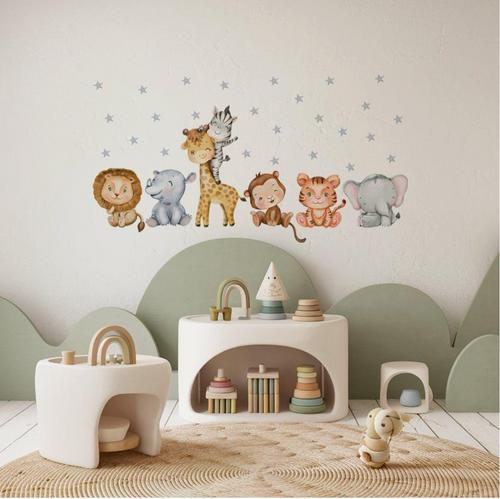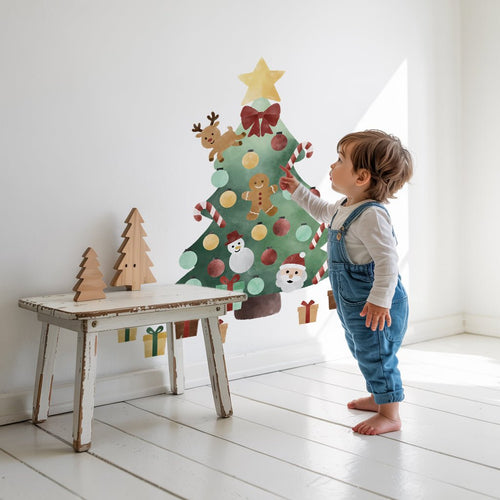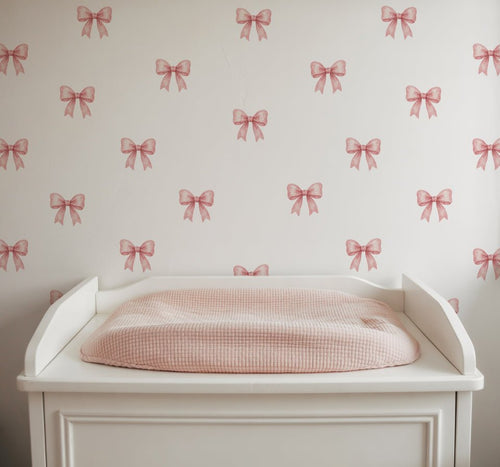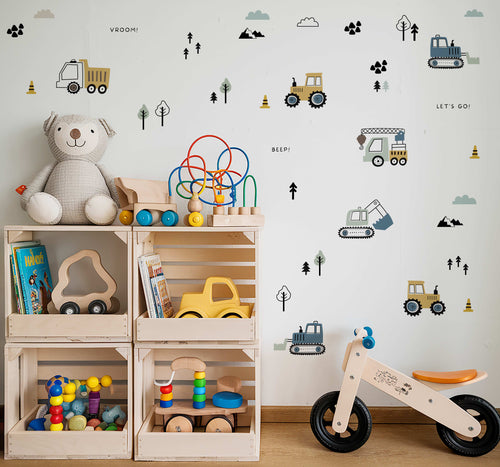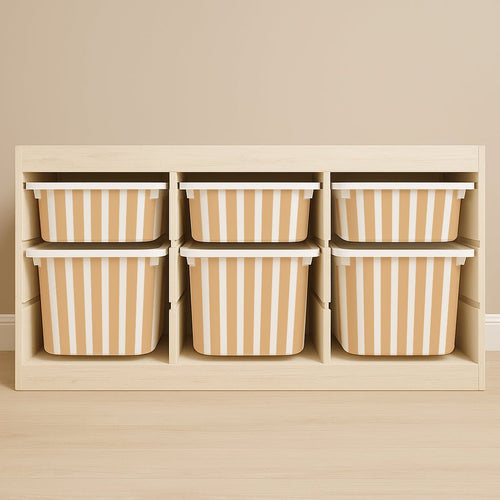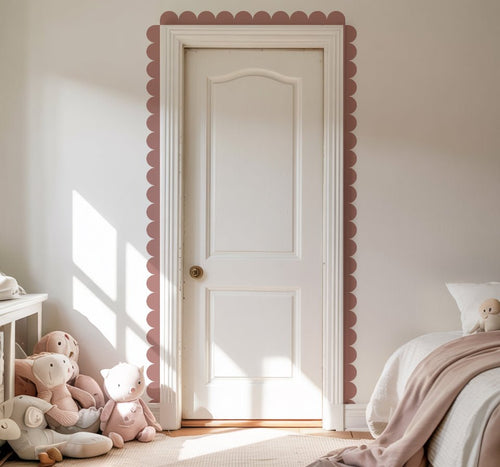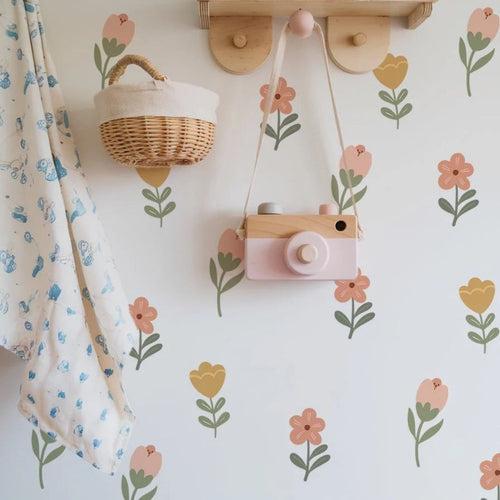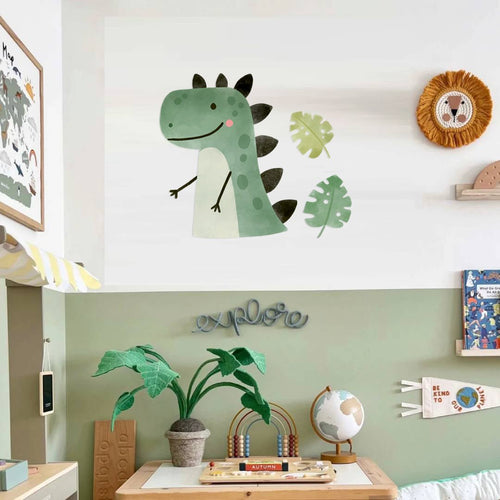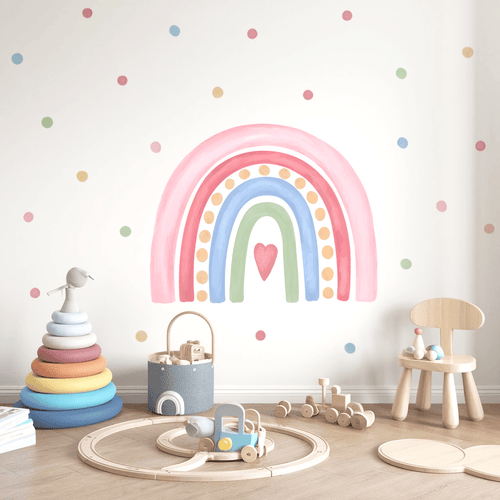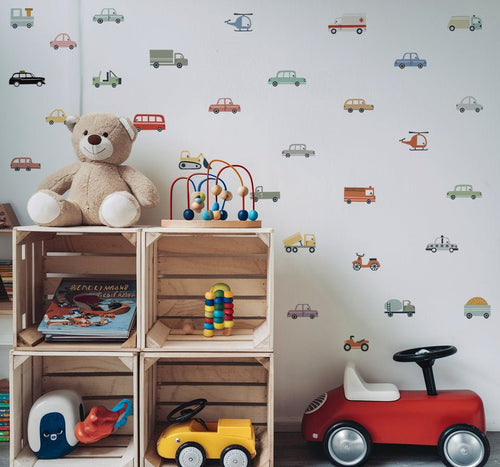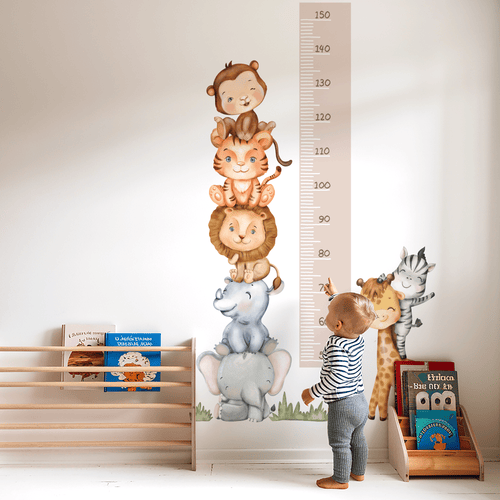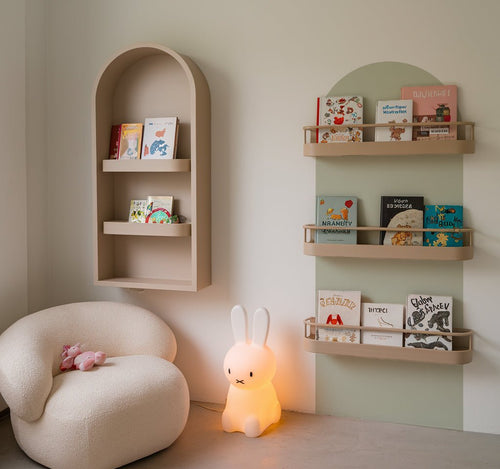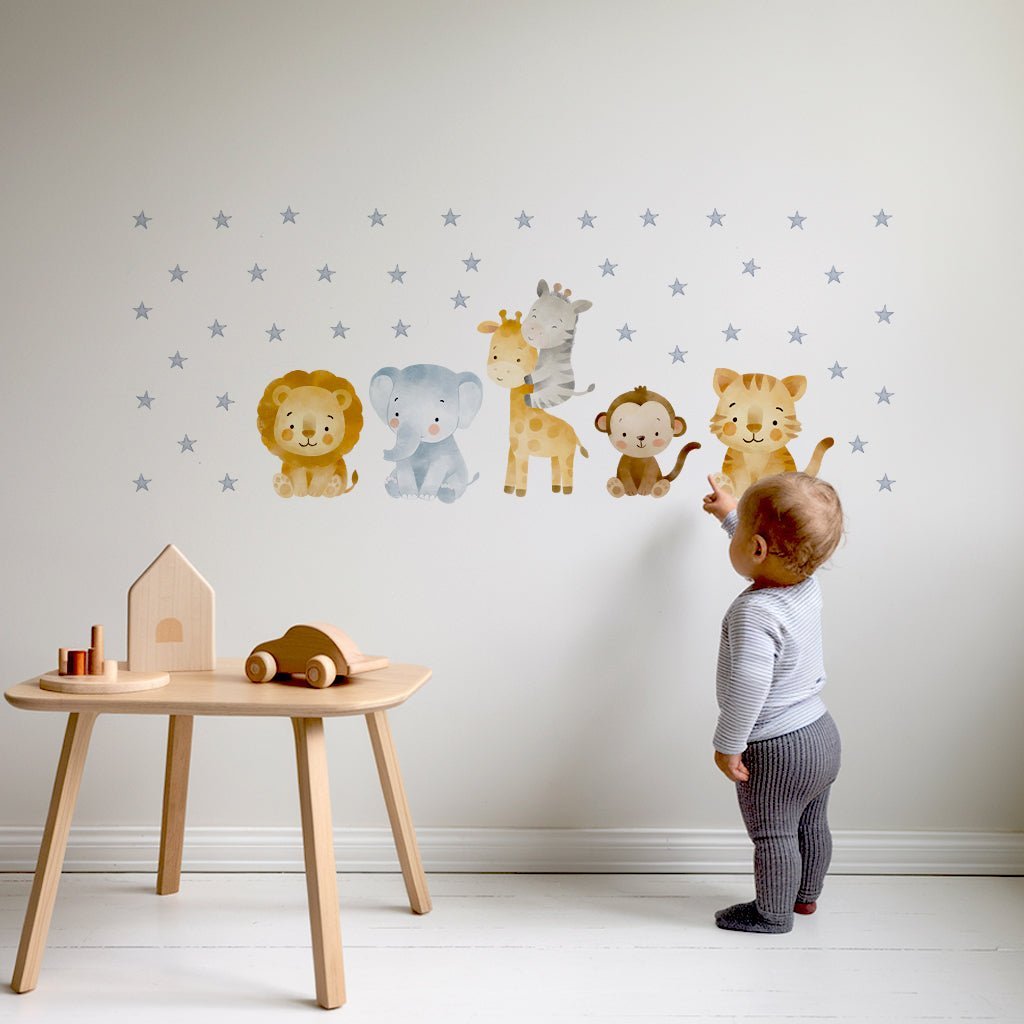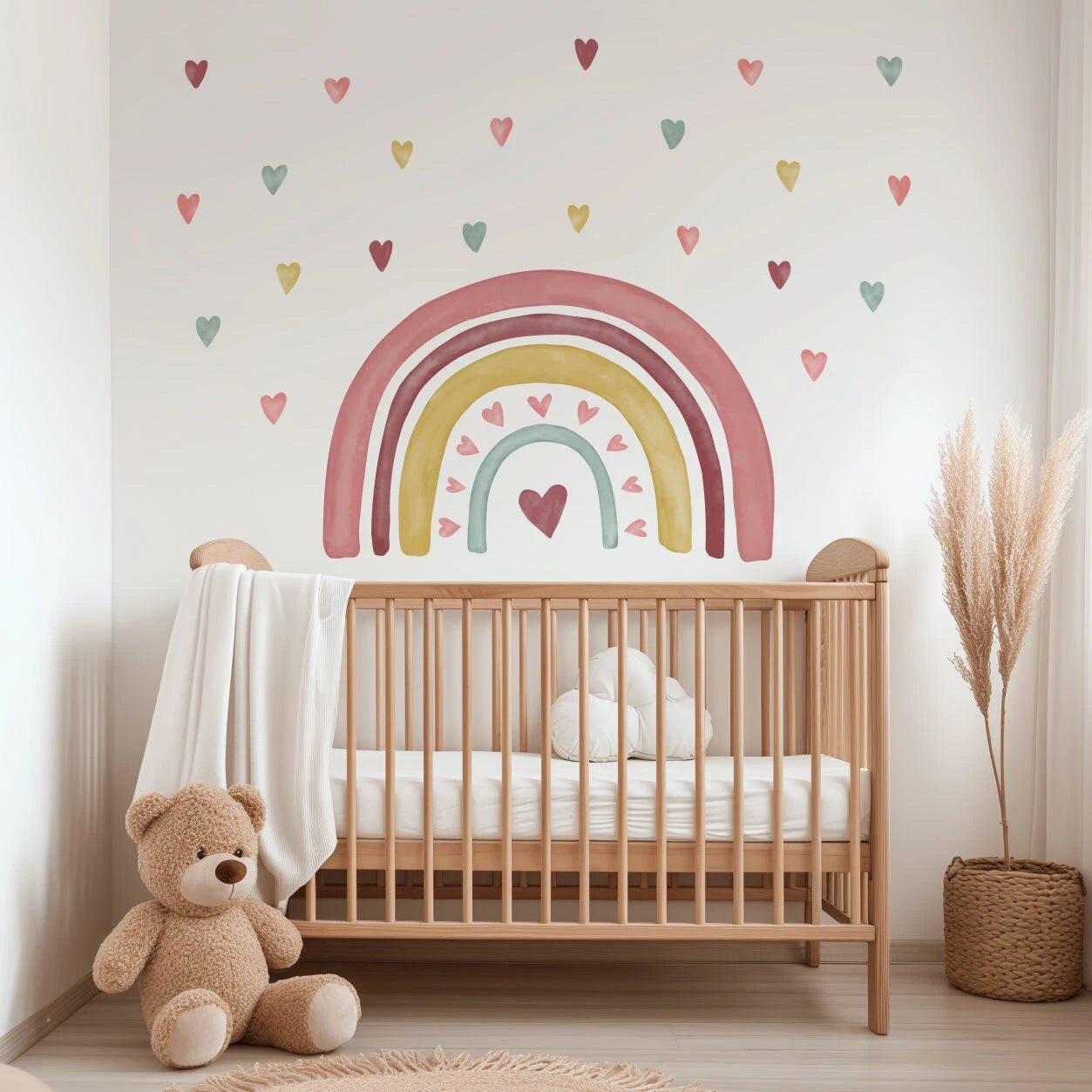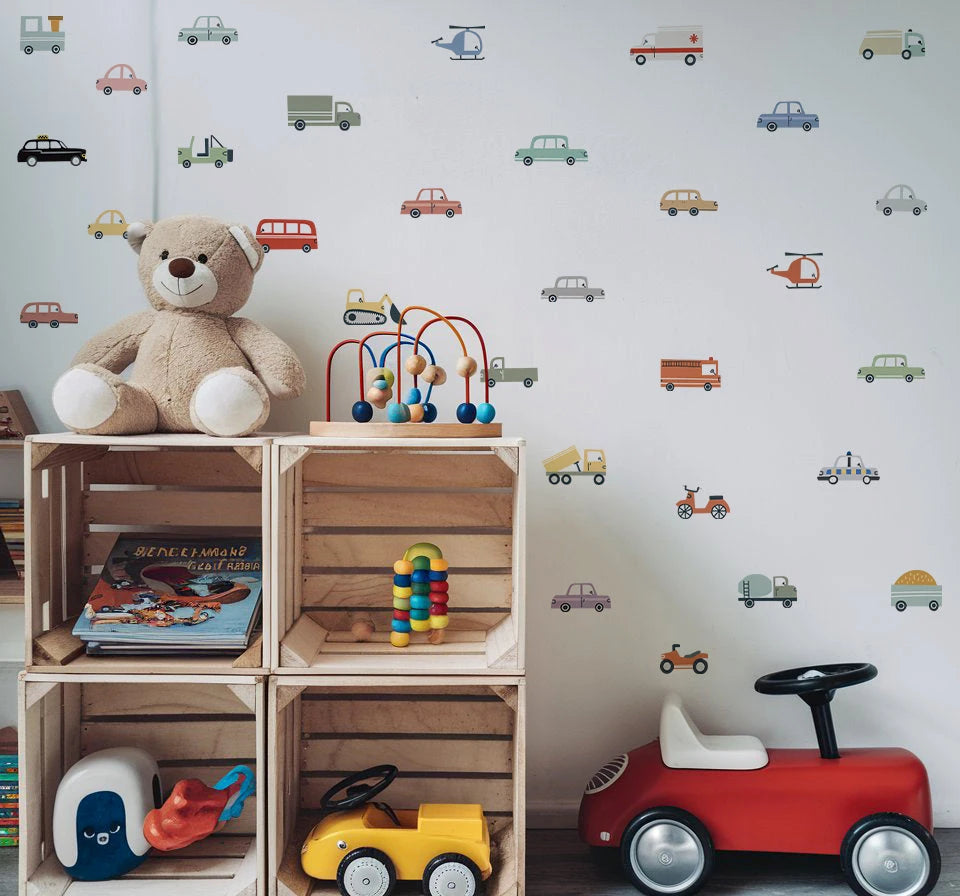Are you considering decorating with wall decals but worried about potential damage to your walls? It’s a common concern—nobody wants to deal with unsightly marks or peeling paint, especially if you’re renting.
The short answer? Yes, it’s possible, though it’s quite rare. To understand why and how to minimise the risks, let’s dive into the details.
The Key to Safe Removal: Heat
When removing wall decals, always use a hairdryer to gently heat the adhesive. This softens the bonds, making removal much easier and reducing the risk of damage.
1: How Wall Decal Adhesives Work
Wall decals vary in materials, sizes, and types of adhesives. If you’re concerned about your walls, prioritise decals designed for temporary indoor use. Most decals use water-based acrylic adhesives, which are easy to remove and safe for walls.
Here’s how the adhesive works:
- Bonding Process: When you apply a decal, the water in the adhesive evaporates, creating a bond with the surface.
-
Factors That Strengthen Bonds:
- Surface Smoothness: Decals stick more firmly to smooth surfaces compared to slightly textured walls, where trapped air weakens the bond.
- Time: Adhesives harden over time, making decals more difficult to remove.
- Temperature: Cold temperatures harden adhesives, while heat softens them, making removal easier.
Good news: Water-based adhesives dissolve in water. If any residue remains after removal, a damp cloth should do the trick. However, peeling paint won’t be saved by water—it’s crucial to evaluate the quality of your walls beforehand.
2: Assessing Your Walls
The condition of your walls plays a major role in determining whether wall decals might cause damage. The biggest risk is peeling paint, which occurs if the bond between the paint and the wall isn’t strong enough.
Things to Consider:
- Older Walls: These often have multiple layers of paint, making them more resilient.
- Thin Paint Layers: Newer walls with fewer paint layers or poor-quality paint jobs (especially on drywall) are more vulnerable.
- New Paint: Let freshly painted walls dry and cure for at least 2-3 months before applying decals. Semi-gloss or glossy paints are generally safer than matte finishes.
Pro Tip: Test your walls with a sample sticker! Apply a small part of the sticker in an inconspicuous area and leave it for 48 hours. Remove and reapply a few times to see how the paint reacts.
Summary: Best Practices for Wall Decals
- Check Your Walls: Evaluate the paint’s durability and attachment to the wall. Older, well-painted walls are usually safer than newer ones.
- Test with a Sample Sticker: Use a smaller piece of the sticker to ensure compatibility before applying larger decals.
- Don’t Leave Decals on Too Long: Adhesives harden over time, so avoid leaving them on for years.
- Use Heat During Removal: Warm up the adhesive with a hairdryer before peeling off the decal, especially on cold walls or decals that have been in place for a while.
Final Thoughts
Decorating with wall decals is a fun, quick way to personalise your space. By understanding how adhesives work and assessing your walls, you can minimise risks and enjoy a hassle-free experience.
Have questions or concerns? Feel free to reach out.
Our wall stickers are designed to be easily removable and safe for most wall surfaces. However, due to the varying nature of wall finishes, paint types, and surface conditions, we cannot guarantee that no damage will occur upon removal. By purchasing and applying our wall stickers, you acknowledge we are not liable for any damage to paint, walls, or surfaces resulting from their use or removal. We recommend testing on a small, inconspicuous area before full application.



